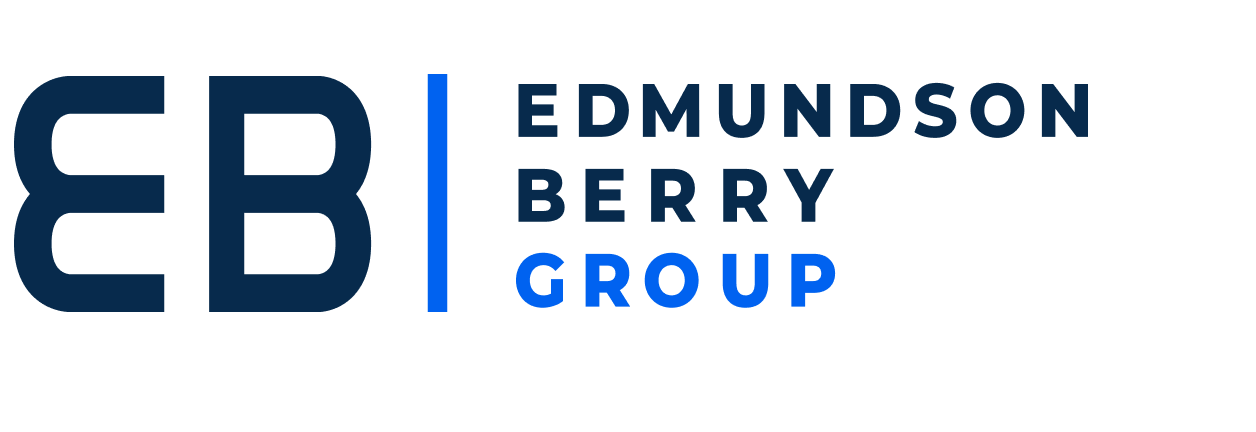- November 7, 2013
- Posted by: jsagar@marketingmo.com
- Category: Leadership and People
Have you ever wondered about how things would have turned out if you had hired that other candidate? You know, the one who finished second to that super-polished person who sounded great in the interviews … but never performed as expected?
Hiring mistakes cause a lot of stress. And the cost of poor hires can be the greatest expense in your P&L, but they’re often hard to quantify.
Why?
Because the cost of a poor hire is a hidden expense. A hiring mistake directly increases your unrecorded HR costs. These costs vary depending on the person’s role and senority, but they all matter and they’re all expensive. These costs include:
- Spending additional management and executive time interviewing again
- Lost sales opportunities while you make the change to yet another salesperson
- Lost training dollars
- The printing cost for removing one person from all marketing materials and adding yet another
- Additional headhunter fees
And of course, there are those less obvious costs that are not so quantifiable but seem to be equally damaging. For instance, what about the harm done to the company brand while yet another new person must get up to speed? Or the valuable time spent by key people interviewing for a replacement (not to mention perhaps the most difficult to quantify, but perhaps the single biggest cost, which is lost opportunities created during the transition from one bad hire to getting a better person onboard)?
The good news is that hiring should be more science than art. Many of us think that we’re skilled interviewers (that’s art), but effective hiring is more than a series of successful interviews.
The 4 Steps – A Proven Hiring Process
An effective hiring process contains four distinct steps:
- Sourcing the right candidates
- Properly screening to determine who to interview
- Structuring your interviews to produce specific information needed for the hiring decision
- Designing an effective on-boarding plan to get new hires producing immediately
Most of us know these intuitively, but the success of each lies within the execution of step.
Source the right candidates
When searching for candidates, more is better, right? Not always. A “shotgun” approach is rarely the most effective. Reviewing a flood of resources is expensive, and spending time on unqualified candidates is a waste of time and money.
A precisely targeted approach will produce highly qualified candidates that make the screening process easy and cost-effective.
Properly screen to determine who to interview
We’ve all seen that perfect candidate on paper – the right education, deep experience with quantifiable results and a polished resume. While these candidates look great on paper, some of them might not even be worth an interview.
Instead of simply interviewing the candidates who look best on paper, or interviewing everyone and relying on your hiring instincts, properly screen candidates using predefined criteria. The criteria should match the profile of the person who will be successful on the job and within the company’s organizational culture. Your time is valuable, so only interview the top candidates.
Structure your interviews to produce specific information needed for the hiring decision
Do you realize that many of us make a subconscious decision as to whether we want to hire someone or not hire them within the first 10 minutes of the interview? It’s human nature. We use this filter to help us uncover the information to validate our decision and ignore the rest of the information. And these blinders cause the majority of our hiring mistakes.
To combat this, use a structured interview process that each interviewer follows. Have each interviewer write down the candidate’s responses and evaluate them as a group. This decreases the potential for human bias and minimizes hiring mistakes.
For the finalists, select the right assessments. There are many fabulous tools to select from. Some of my favorite assessment tools are the Extended DISC, CENTACs, EQi – 2.0, Workplace Big Five, and The WorkPlace Motivators. These tools used in conjunction with one another will allow you to measure the important facets of the candidates’ personalities, motivations and drivers. This will allow you to know if that person is a good fit, instead of guessing if they’re a good fit.
And don’t make the mistake so many H.R. professionals or hiring managers make by believing that one assessment will tell you everything you need to know. Have you ever heard of one pill being good at curing any illness? The same principle with assessments; it takes more than one to look at all aspects of a person’s potential.
Design an effective on-boarding plan to get new hires producing immediately
Big companies almost always do this well. But many of us in the mid-market think that we do it well, but leave our new superstar hire secretly wishing for more structure and organization during the on-boarding process.
Top talent is in demand, and a disorganized on-boarding process sends the wrong message to your talent, forcing her to learn the job on her own terms, instead of on your terms.
If you’re the type who hires the first quality candidate that walks in the door, adding all of this procedure might sound intimidating. But if you’re still reading this, you’ve probably had a few hiring failures, right?
Careful focus and diligence at each step will produce better results. And when you master each step, you’re guaranteed not to make a hiring mistake!
If you’re not sure about which assessment you should use or how to interpret the results, feel free to connect with me.





